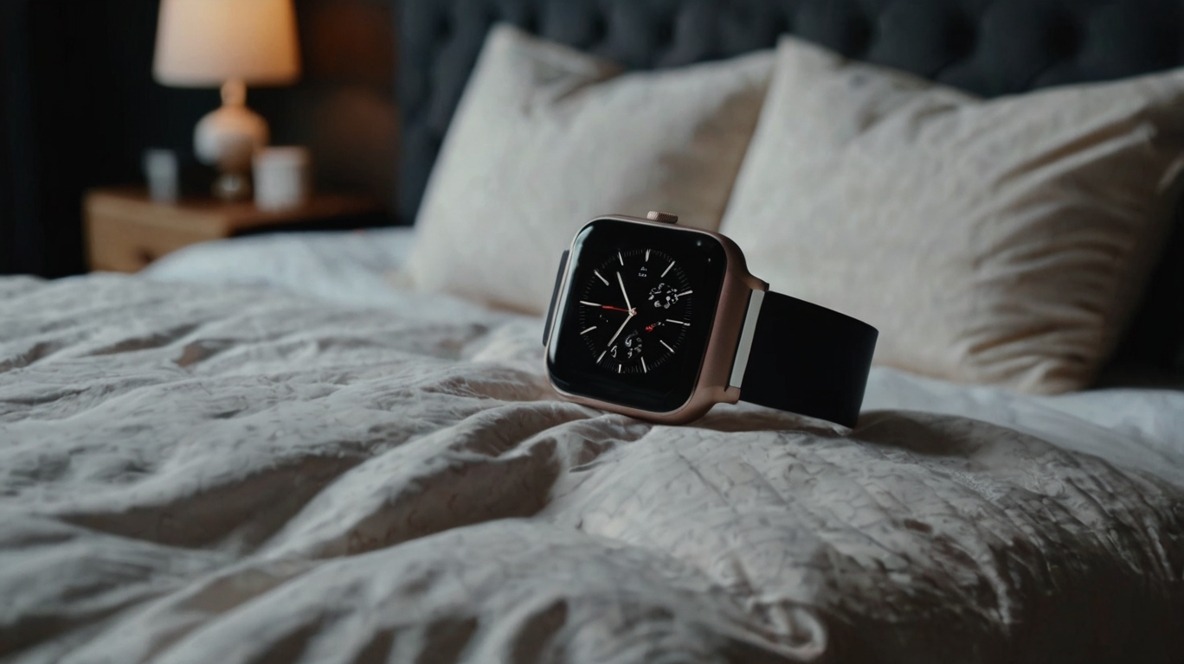Lucid dream research is hampered by the need for laboratory equipment. Development in this field would be significantly accelerated if experiments could be conducted at home under familiar conditions and with an unlimited number of participants. To this end, American scientists Rishabh Mallela and Remington Mallett (the latter being an active researcher in the field) have developed a mobile app called Dream Sage, which works in conjunction with smartwatches.
With this app, the researchers read the user’s heart rate and movements and used this information to determine whether the user was asleep and which sleep stage they were in. Data were collected every 30 seconds, and if the system detected REM sleep, it emitted an audio signal. If REM sleep was identified four times in a row, the signal stopped so that the sleeper would not be awoken.
The audio signal has meaning: it encodes the word “dream” in Morse code. Participants are encouraged to develop a habit, and the signal is a reminder for them to check reality and promptly become lucid. Participants should adjust the volume in advance—the signal should be loud enough to hear but not loud enough to wake the participant. However, the system has not yet been experimentally tested.
Would you participate in an experiment designed to test such an app?
The preprint of the article was published in September 2024 on OSF.
Get all the latest news about lucid dreams via our channels on Telegram, Facebook, Twitter




